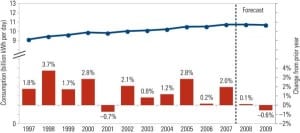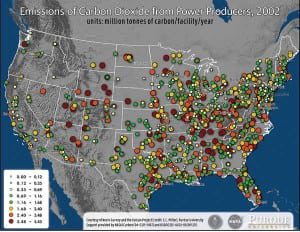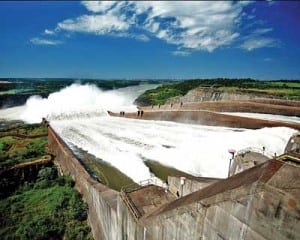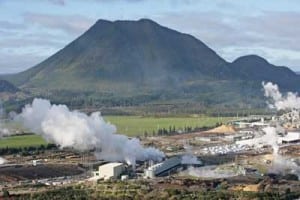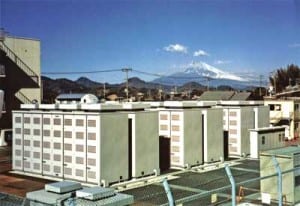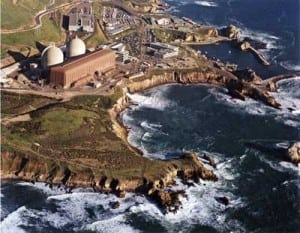Latest
-
Gas
2009 Industry Forecast: New Power Politics Will Determine Generation’s Path
The U.S. power industry’s story in 2009 will be all about change, to borrow a now-familiar theme. Though the new administration’s policy specifics hadn’t been revealed as POWER editors prepared this report, it appears that flat load growth in 2009 will give the new administration a unique opportunity to formulate new energy policy without risking that the lights will go out.
-
Business
2009 Industry Forecast: A Challenging Year Lies Ahead
The power industry will be challenged in the coming year to chart its strategic direction and meet investor expectations, although business conditions should take a turn for the better going into 2010.
-
Coal
CO2 Source and Sink Tracking Improving
Many opponents of climate change policies and regulations argue that it is unfair to penalize some sectors — like power generation — more heavily than others when it’s difficult to prove precisely where specific greenhouse gas (GHG) emissions are coming from, where they’re going, and what effect they are having. Toward the ends of scientific understanding and sound public policy, scientists are making progress in isolating GHG sources and sinks.
-
Nuclear
The Race to Commercialize Mini–Nuclear Reactors
Though the resurgence of interest in nuclear power in recent years has spurred development of an assortment of reactor designs, emphasis has mostly been on those with capacities to produce thousands of megawatt-hours of baseload power, as is the case with designs from General Electric, AREVA, Westinghouse, and Mitsubishi that are under active review by the U.S. Nuclear Regulatory Commission (NRC). Power projects using any of those designs will be developed at the cost of many billions of investment dollars.
-
Hydro
Brazil Approves Hotly Contested Construction of Amazon Dam
In an effort to more than double its power capacity by 2030, the Brazilian government in November approved construction of a controversial $3.9 billion hydroelectric dam on the Madeira River, in the Amazon. When completed in 2013, the Jirau hydroelectric plant could add 3,300 MW to the country’s already massive 59 GW hydroelectric capacity.
-
Geothermal
New Zealand Geothermal Station Opens
New Zealand’s biggest geothermal energy project in 20 years was officially opened in Kawerau in late November. The state-owned Kawerau Geothermal Station (Figure 5), on the North Island, adds 100 MW to the national grid.
-
Waste to Energy
Landfills: From Trash to Treasure
The U.S. Environmental Protection Agency (EPA) has described landfills as an “effectively untapped resource” for renewable energy. The agency estimates that landfills are the source of about 12% of global methane emissions. (Methane is about 21 times more powerful as a greenhouse gas than CO2.) The EPA estimated that there were some 1,000 projects around […]
-
Wind
Banking Wind
This spring, Xcel Energy, along with state and technology partners, is set to test what the utility says is the first battery capable of storing wind energy. The ability to store energy from renewable generation sources with variable output is key to maximizing the value of renewable power in general and to Xcel’s “smart grid” plans in particular.
-
Water
Invasive Species and Water Intakes
On October 21, a mass of basketball-sized jellyfish managed to accomplish what activists of every stripe had failed to do: Abruptly shut down Pacific Gas & Electric Corp.’s (PG&E) 1,118-MW Diablo Canyon Unit 2 reactor in San Luis Obispo County, Calif. (Figure 8).
-
Business
Training the Next Generation of Welders
Concern about the shortage of skilled workers for the energy industry has grown considerably over the past few years. Most discussions have focused on the shortage of engineers, but recently concerns about the scarcity of technical crafts have arisen as well.

